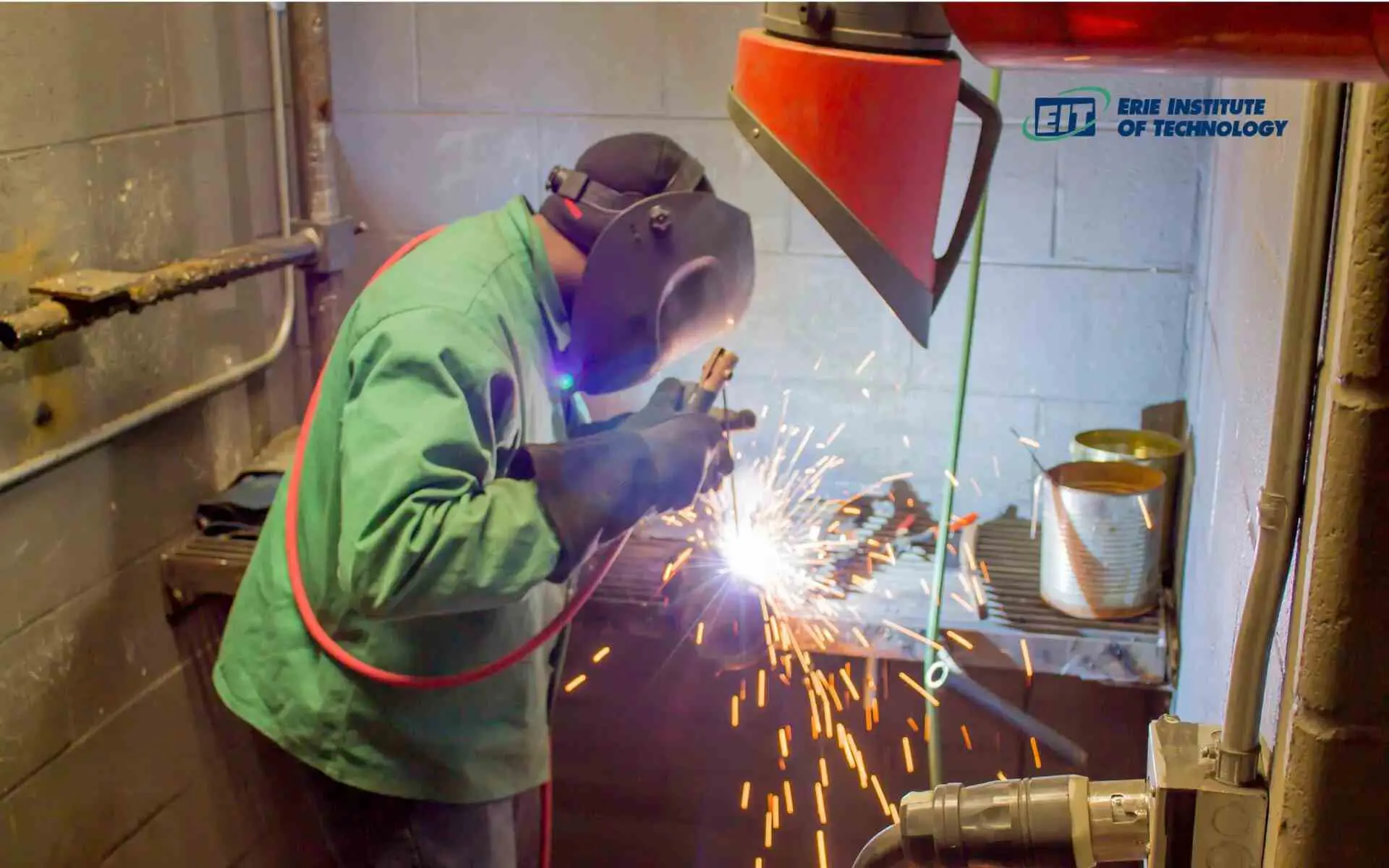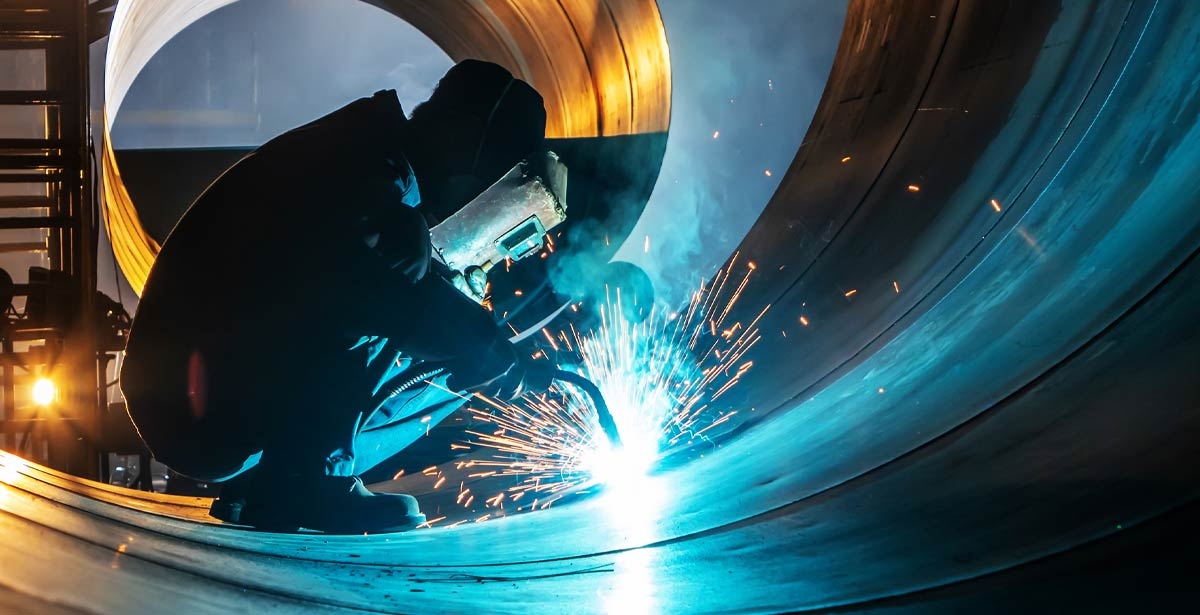The Significance of Welding WPS: Making Sure High Quality and Safety And Security in Your Tasks
The Significance of Welding WPS: Making Sure High Quality and Safety And Security in Your Tasks
Blog Article
The Ultimate Guide to Welding WPS Procedures: A Comprehensive Introduction for Welders
In the complex globe of welding, Welding Procedure Specifications (WPS) serve as the foundation of making certain high quality, uniformity, and security in welding procedures. Recognizing the nuances of producing, carrying out, and monitoring WPS treatments is important for welders wanting to boost their craft and fulfill sector requirements. As we dig right into the various parts of a WPS and discover the complexities of certification and qualification, we will discover the vital role these procedures play in the world of welding. Let's begin on a journey to untangle the complexities and value of WPS procedures in welding methods.
Significance of WPS Procedures
Recognizing the importance of Welding Procedure Specifications (WPS) procedures is crucial for guaranteeing the quality and stability of welded structures. WPS treatments act as a roadmap for welders, outlining the needed steps, parameters, and materials needed to achieve an audio weld. By adhering to WPS guidelines, welders can guarantee consistency in their job, bring about trustworthy and structurally audio welds.
Among the primary reasons WPS procedures are essential is their function in preserving weld high quality and stability. Adhering to the defined welding specifications and techniques described in the WPS helps protect against flaws such as porosity, splitting, or incomplete combination, which can jeopardize the toughness and toughness of the weld. Additionally, WPS treatments are vital for making sure compliance with sector criteria and codes. By complying with established WPS guidelines, welders can demonstrate that their work satisfies the required needs for security and top quality, supplying assurance to customers, assessors, and regulative bodies. Basically, the significance of WPS procedures can not be overstated, as they are essential to attaining constant, top notch welds that meet market criteria and specs.

Parts of a WPS
A Welding Treatment Requirements (WPS) generally comprises essential components that detail the specific demands for carrying out a weld, making sure consistency and quality in the welding procedure. The essential components of a WPS consist of crucial variables such as base steels, filler metals, interpass and preheat temperature levels, welding processes, securing gases, welding positions, and post-weld warmth therapy demands.
Base metals describe the materials being signed up with, while filler steels are made use of to fill the gap in between the base metals throughout welding. Preheat and interpass temperature levels are important for regulating the warmth input and stopping issues like cracking or distortion. The welding procedure lays out the particular technique to be utilized, whether it's gas steel arc welding (GMAW), secured metal arc welding (SMAW), or another technique. Protecting gases secure the weld pool from atmospheric contamination. Welding placements define the orientations in which welding can be done. Post-weld warm treatment might be essential to relieve anxieties and improve the weld's buildings. A thorough understanding of these parts is important for creating a comprehensive and reliable WPS.

Certification and Qualification
Having established the vital parts of a Welding Treatment Requirements (WPS), the emphasis currently changes in the direction of the essential elements of certification and accreditation in welding techniques.

Qualification, on the other hand, is the formal acknowledgment of a welder's qualifications by a pertinent certification body or company. Welding qualifications are usually based upon the particular welding procedures, products, and settings a welder is certified to work with. Holding a valid welding qualification demonstrates that a welder meets sector criteria and is proficient to execute welding tasks to the needed specs.
Creating a WPS
To establish a Welding Treatment Specification (WPS) that meets market criteria, cautious factor to consider of welding processes, materials, and functional criteria is necessary (welding WPS). The first step in producing a WPS is to recognize the welding procedure to be made use of, such as gas metal arc welding (GMAW) or shielded metal arc welding (SMAW) When the welding procedure is identified, the next vital facet is selecting the appropriate materials, thinking about aspects like base steel kind, density, and joint layout. Functional specifications such as welding existing, voltage, traveling speed, and securing gas structure must also be carefully defined in the WPS.

Carrying Out and Keeping Track Of WPS
Upon settling the extensive Welding Treatment Spec (WPS) that meticulously information welding processes, products, operational criteria, and high quality guarantee steps, the emphasis moves to efficiently executing and monitoring the well established treatments. Application entails guaranteeing that all welders entailed in the project are familiar with the WPS and follow it meticulously throughout the welding procedure. Effective application and surveillance of the WPS are important for ensuring the honesty, stamina, and safety and security of the welded joints, official source eventually adding to the overall success of the welding task.
Final Thought
To conclude, understanding and adhering to Welding Procedure Requirements (WPS) is vital for welders to make sure top quality, consistency, and security in their work. By recognizing the components of a WPS, obtaining appropriate credentials and certifications, creating comprehensive treatments, and applying and checking them effectively, welders can improve their skills and efficiency in welding techniques. Following WPS treatments is vital for generating top quality welds and meeting market requirements.
In the complex globe of welding, Welding Treatment Requirements (WPS) offer as the foundation of ensuring quality, consistency, and safety look at here in welding operations. The welding process outlines the specific technique to be used, whether it's gas metal arc welding (GMAW), shielded metal arc welding (SMAW), or one more technique.To establish a Welding Procedure Spec (WPS) that fulfills market requirements, cautious consideration of welding processes, materials, and operational parameters is essential. The first action in developing a WPS is to recognize the welding procedure to be utilized, such as gas metal arc welding (GMAW) or shielded steel arc welding (SMAW)Upon wrapping up the thorough Welding Treatment Specification (WPS) that meticulously details welding processes, products, functional parameters, and quality guarantee measures, the focus shifts to properly carrying out and keeping track of the established procedures.
Report this page